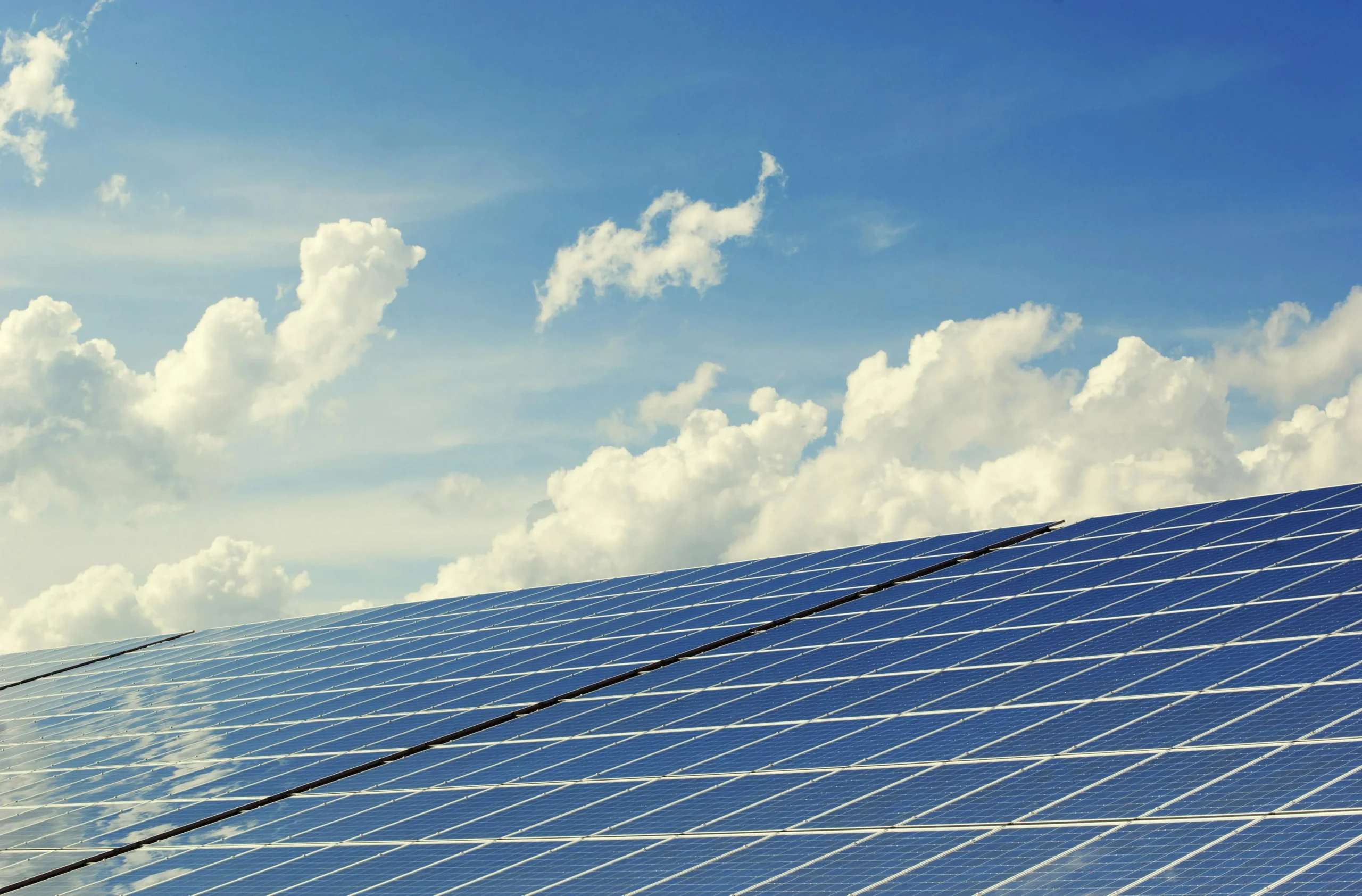At a glance
- Heavy haulage is crucial to renewable energy as it ensures the safe movement of huge components for infrastructure like wind, solar, and hydroelectric energy.
- Oversized load transportation is common in huge projects like energy infrastructure, which requires heavy hauling transport.
- Heavy hauling transport addresses the distinct transport needs of different energy sectors. For instance, wind farms need specialty trailers, solar farms need bulk transport, and hydroelectricity projects need heavy-duty prime movers and cranes.
The world is moving towards renewable sources of energy to address global warming and other adverse effects. This means projects related to cleaner and sustainable energy sources are gaining significant momentum and priority across the globe. For instance, we are seeing more projects that involve large-scale wind, solar, and hydroelectric projects than ever before.
That being said, these projects require large components, parts, machinery and more. The transportation of such enormous parts is only possible with heavy haul transport. All in all, this means heavy haulage plays a crucial role in ensuring the success of renewable energy installations.
The Logistic Needs of Renewable Energy Projects
First, let us understand the logistical need of renewable energy projects before moving on to the roles. Clean energy infrastructure is usually a massive project; think of a wind turbine or a hydropower project; they are huge. A normal wind turbine exceeds 70 meters in height, and the same goes for the motors and generators of hydropower, which weigh tens of tons or more.
Transporting these components requires precision, planning, and heavy haulage expertise. Some of the key logistics challenges include:
- Over-dimensional Loads: Any average wind turbine blades can exceed 35 metres, and special trailers and route planning are necessary for highway travel, bridges, and urban areas.
- Weight Restrictions: Associated substation components such as transformers can weigh up to hundreds of tonnes and require heavy-duty prime movers and modular trailers.
- Offshore/Remote Locations: The majority of renewable energy sites are offshore or remote, which means there are site and road access concerns. These sites have inferior infrastructure, making transport even more challenging.
- Safety and Regulatory Compliance: Heavy and oversized transportation involves the purchase of special permits, escort vehicles, and adhering to stringent safety rules to prevent accidents and road obstruction.
- Infrastructure constraints: Bridges, tunnels, and road weight restrictions may impede transport routes, which may require special logistic arrangements.
Roles of Heavy Hauling Transport in Renewable Energy Projects
Heavy haulage companies provide critical transport to renewable energy projects. Their ability to carry heavy and large loads ensures critical components reach their destination in good shape and on time. Integrating the most advanced transport technology and advanced logistics planning, these companies play a crucial role in the transition to sustainable energy.
Wind Energy Projects
Wind energy projects are some of the most popular infrastructures for clean energy around the world. However, due to their size and weight, wind turbines are among the most logistically challenging components to deliver. To facilitate safer and more stable transportation, these components are delivered through specialised trailers designed for long blades and modular tower sections.
Route planning and infrastructure studies are needed to pass through narrow roads, sharp turns, and urban locations that may not be appropriate for oversized loads. Moreover, escort vehicles and permits are required to meet state and federal transportation regulations and ensure public safety.
Finally, access and site preparation is necessary to enable unloading and assembly sites to be accessible and available to accept components. Wind farms are usually located in remote and high-lying areas where winds are most favorable. It requires skilled logistics teams to deliver enormous turbine components to such areas with poor terrain and extreme weather conditions.
Solar Energy Projects
Solar energy projects are another important renewable infrastructure, which is not possible to complete without the use of heavy haul transportation. Even if solar farms do not require shipment of large components like wind farms, they involve shipping an enormous quantity of components.
Thousands of solar panels, mounting systems, and inverters need bulk transportation services. Delicate equipment requires careful handling to avoid damage during transport so that it can achieve optimum efficiency in power generation when installed.
Lastly, the associated Substation transformers and equipment are heavy and over-dimensional, requiring heavy haulage transport services similar to those involved with wind energy logistics.
Hydroelectric Energy Projects
Finally, hydroelectric energy projects are one of the most significant renewable energy sources. These installations can be combined with grid-scale battery energy storage plants and require the transportation of extremely heavy equipment, including turbines, transformers, and structural parts.
These loads are transported on heavily rated prime movers, capable of safely carrying the largest hydroelectric plant components. Beam Sets and modular trailers facilitate weight redistribution evenly, reducing the load on roads and infrastructure.
Turbines and other heavy equipment need to be lifted and placed precisely on-site using cranes or heavy lift equipment such as over head lift systems and underslung Jack & Skate gear.
All in all, heavy haulage ensures that clean energy projects can be completed effectively and efficiently by playing an important role in the transport and logistics of heavy components and machinery. Shipping various parts of clean energy systems, such as wind turbines, hydroelectric equipment, and associated substation components, entails expertise, careful logistics planning, and rigorous safety measures.
While the renewable energy industry expands, it must evolve with the emerging challenges and technologies to ensure seamless project delivery. With appropriate transport solutions provided, renewable energy projects are better delivered, paving the way for a greener and cleaner future.

